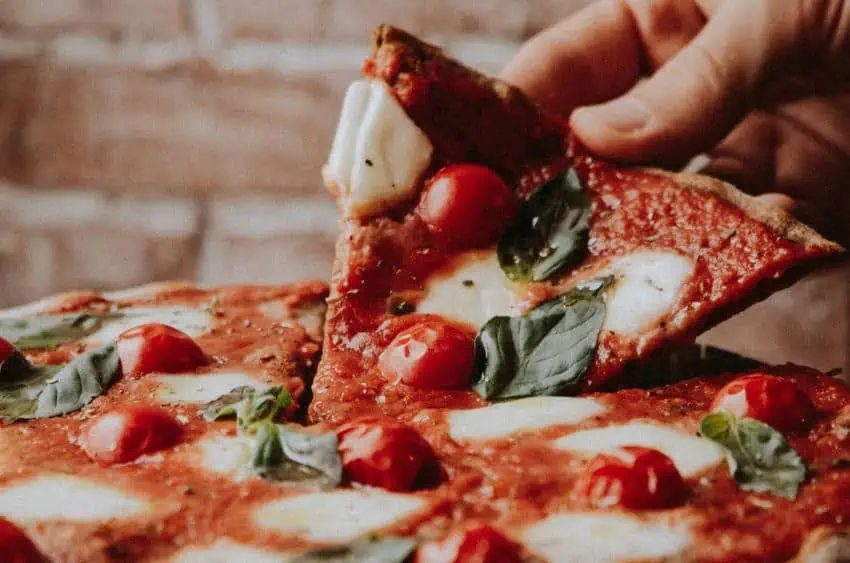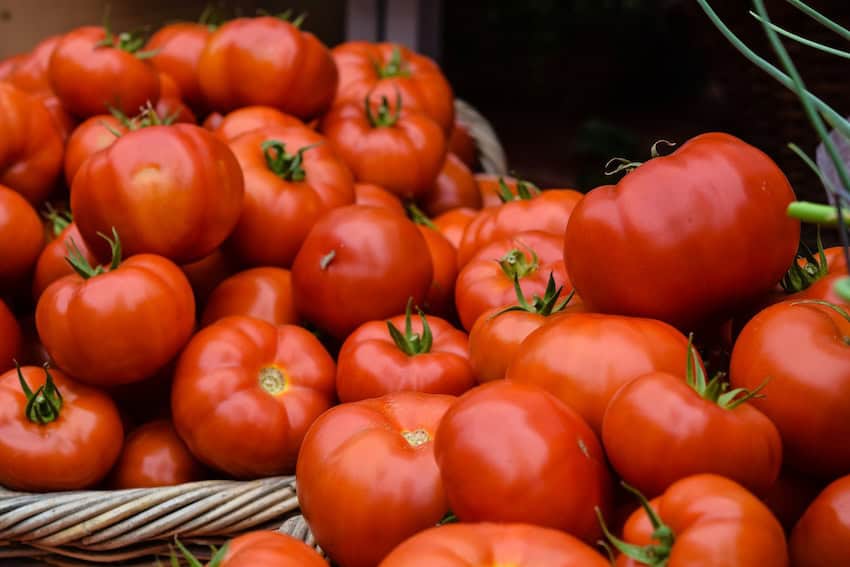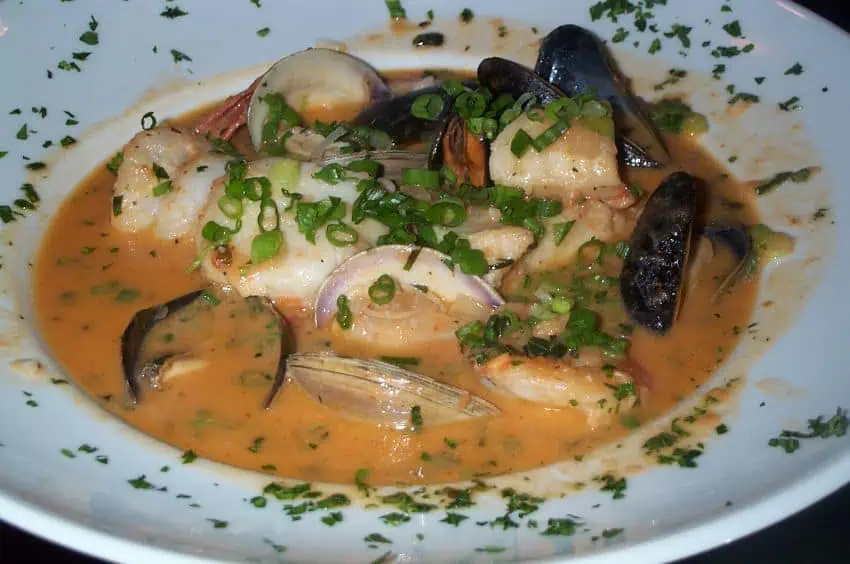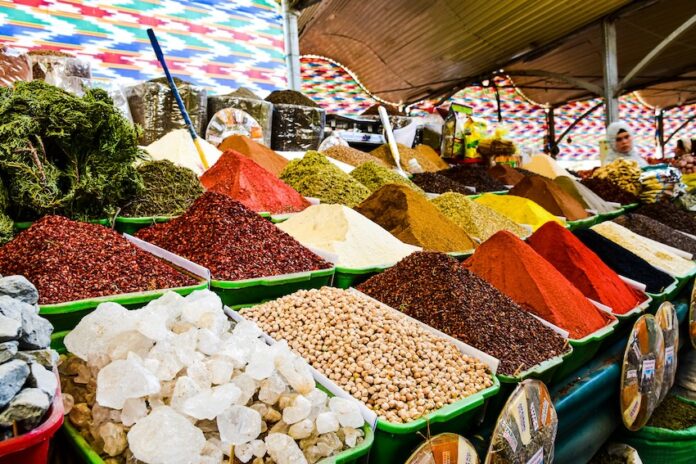Mexico is undoubtedly respected for birthing one of the world’s great food cultures. For example, Unesco has recognized traditional Mexican cuisine as an intangible cultural heritage of humanity. However, the influence and importance of the nation’s gastronomy has yet to be properly evaluated globally. I believe this for two reasons: one, the most popular Mexican dishes internationally are street foods, which has led many to undervalue the complexity of its cuisine; and two, people don’t know their food history very well.
How Mexican ingredients changed everything, everywhere

When Hernán Cortés introduced tomatoes from Mexico to Europe in the early 16th century, it was old hat to the Maya and Mexica. Not so in Italy. Before the arrival of Mexican tomatoes, cuisine in Italy was a composite of bread, pasta, olives and beans. Marinara or arrabiata sauces did not exist, nor, for that matter, did pizza.
Nor was the tomato quickly embraced by Italian chefs. It wasn’t until chef Antonio Latini published the first tomato sauce recipe in “Lo Scalpa Alla Moderna” in 1692 that Italian cuisine began to assume the world-class dimensions that we recognize today. A similar story exists in India, where native cuisine was revolutionized by the introduction of Mexican chili peppers. Farms for growing them were established in Goa in the 16th century, with seeds brought by Portuguese traders. Black pepper was the original Indian spice until chile peppers transformed Indian curries into the delightfully spicy dishes we know and love today.
Can you imagine French cuisine without its chocolate soufflés? Or a life worth living without chocolate and vanilla ice cream? The so-called Columbian Exchange that arose after Christopher Columbus’ early voyages unleashed some terrible things like disease, African chattel slavery and the encomienda system. But it also unleashed a sharing of ideas and new ingredients between the Old World and New. Mexico benefited, too, from the introduction of ingredients like lime, which are now essential to her cuisine.
However, this was nothing compared to the unbelievable outpouring of ingredients and flavors Mexico gave to the world: corn, tomatoes, avocados, chocolate, vanilla, jicama, squash, sweet potato… the list goes on and on. Almost all of these, by the way, were first domesticated in Mexico, too. Corn growing arose in the Mexican state of Guerrero 9,000 years ago, with the first evidence for the cultivation of chiles arising in Puebla and Tamaulipas about the same time. Chocolate was introduced courtesy of the Mokaya, an Indigenous group in Chiapas who were drinking beverages made from cacao as far back as 1900 BCE. Tomatoes, meanwhile, appear to have been cultivated simultaneously in Mexico and the Andes Region of South America. Considering corn is now responsible for nearly 20% of all caloric intake globally, and 20% of all vegetable production is tomatoes — I know, technically a fruit — it’s impossible to overstate the influence Mexico has had on world cuisine.
Mexico first changed the taste of world cuisine, then it changed the color

The world owes its colorful and passionate reds, in fashion and food, to Mexico. Yes, this is unequivocally true, and in fashion is attributable to an insect known as the cochineal that lives in cactus plants. Cochineal dyes first took the world by storm via the Columbian Exchange, becoming the color of powerful people in Europe and the color of love everywhere. The color red is still traditionally produced via cochineals in Mexico, although synthetic dyes have now largely replaced the more vivid natural ones.
This Mexican culinary revolution also transformed food coloring. Although natural reds have occurred in fruits from time immemorial, it was the use of tomatoes and chilis — long prevalent in Mexican cuisine via what we now know as salsa roja and similar preparations — that, when introduced globally via the Columbian Exchange, changed the palette of world cuisine, giving it a rosy new glow and a welcome visual complexity.
Mexico didn’t invent complex cuisine, but it did take things to a new level
Speaking of complexity: French chefs like Marie-Antoine Carême and Auguste Escoffier are given credit for haute cuisine and turning the preparation of food into an art form, but I would argue that the height of culinary sophistication and refinement is found in Mexican mole sauces, which have a far older history and, at least in the 17th century Puebla, were made with more than 100 ingredients.
To put this in perspective, no dish in global cuisine approaches this number of ingredients.
French bouillabaisses or cassoulets can have 15 to 20 ingredients, but this pales in complexity to the number of ingredients or time of preparation required for many moles. Mole Poblano no longer has the arm-long list of ingredients it used to have, but commonly still exceeds 20 and traditionally takes days to prepare, while Oaxacan mole negro usually boasts at least 30, blending fruits, chiles, seeds, spices, herbs and more into a harmonious, exquisitely flavored whole.

Modern Mexican chef Enrique Olvera of Pujol fame has leaned into this traditional complexity, making a mole negro variation called Mole Madre that is aged for more than 1,000 days! As it turns out, the flavors never stop evolving or increasing in intricacy. It’s as much a lesson in quantum complexity theory as it is a dinner staple.
Mexico invented fusion cuisine
There’s more, of course. There’s a very good case to be made that Mexico invented fusions. After all, Mexican cuisine is itself a fusion between indigenous ingredients and cooking methods combined with those introduced by the Spanish conquistadors and via the Columbian exchange. The first recognized world fusion cuisine is said to be Macanese, which took root in the now autonomous Chinese island of Macau, thanks to trade with Portugal. However, that trade originated in 1557, long after Cortés and his conquistadors had arrived in Mexico in 1519 and the fusion of an entire culture had begun following the 1521 fall of Tenochtitlán.
In modern times, it’s hard to imagine any fusion cuisine that has been as influential in the U.S. and globally as Tex-Mex, but that’s a story for another day, and you’ve already got plenty to chew on.
Chris Sands is the Cabo San Lucas local expert for the USA Today travel website 10 Best, writer of Fodor’s Los Cabos travel guidebook and a contributor to numerous websites and publications, including Tasting Table, Marriott Bonvoy Traveler, Forbes Travel Guide, Porthole Cruise, Cabo Living and Mexico News Daily. His specialty is travel-related content and lifestyle features focused on food, wine and golf.
